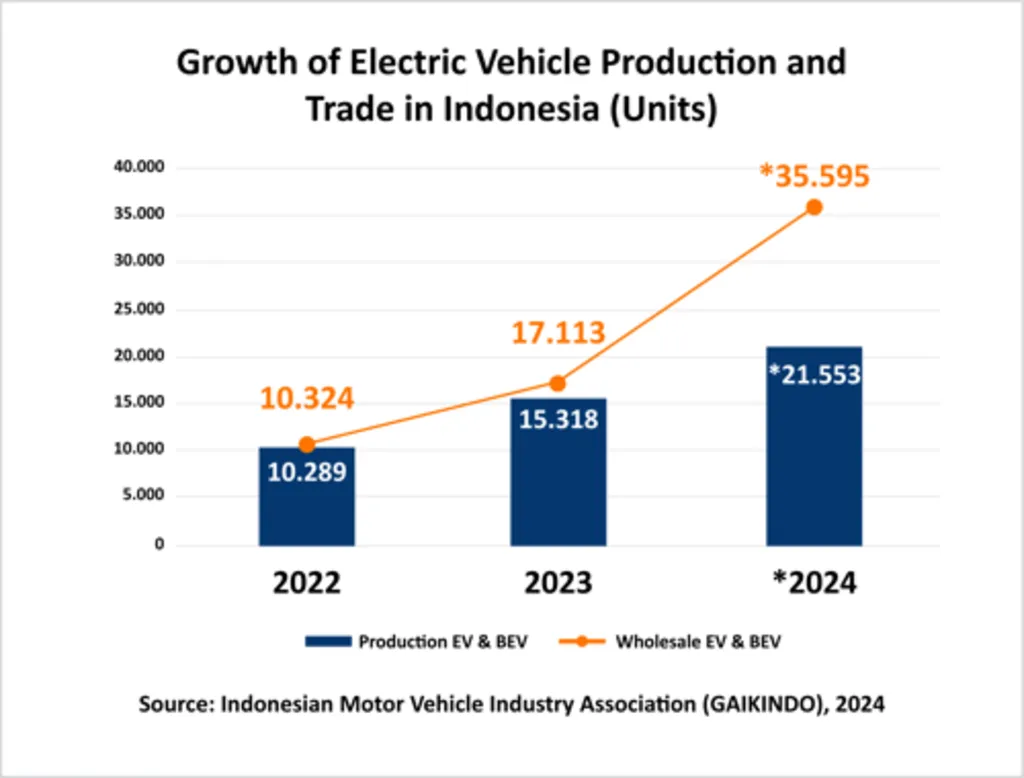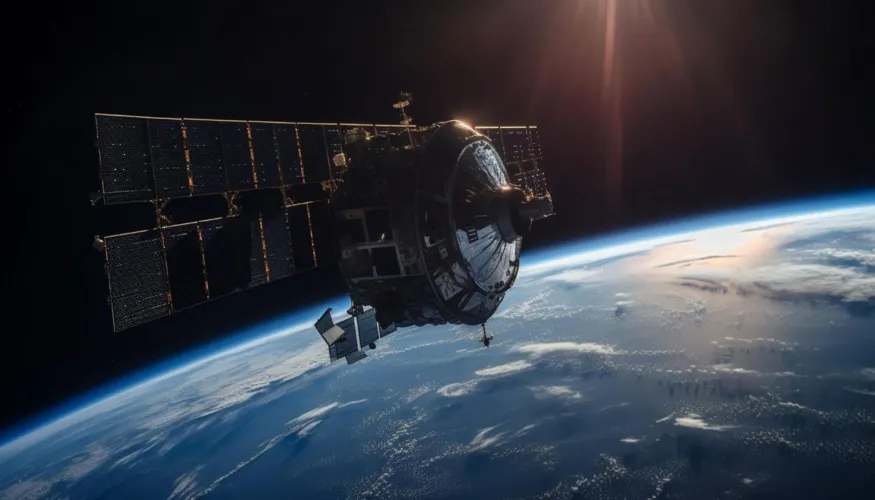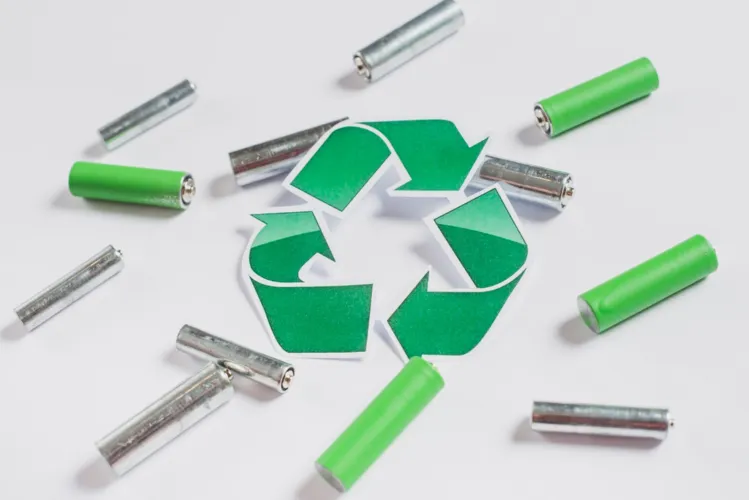Indonesia is racing to build an electric future. As of early 2025, the country has 3,233 electric vehicle (EV) charging stations, but that number is just the beginning. The government plans to expand this network to 63,000 stations by 2030, part of a broader strategy to support 943,000 EVs expected on the roads by the end of the decade. This bold shift is central to Indonesia’s commitment to reducing transport-related emissions, which currently account for 70–80% of CO2 in urban areas. By 2030, the government wants 2 million electric cars and 12 million electric two-wheelers in circulation. This ambitious Indonesia Electric Vehicle Infrastructure target demands a charging network capable of supporting them.

Indonesia Electric Vehicle Infrastructure: The Environmental and Economic Stakes
The benefits of this infrastructure overhaul are significant. A fully developed EV charging network could help Indonesia save up to 66,000 barrels of fuel per day. More importantly, it could cut CO2 emissions by as much as one million tonnes annually, helping the country meet its climate goals while reducing energy dependence.
Cities like Jakarta, Surabaya, and Bandung are leading the way in infrastructure rollouts, especially Jakarta, where population density and government investment have made it a testing ground for Indonesia’s electric transition.
Read Also: Big Changes Ahead Indonesia Infrastructure Development
Obstacles on the Path to Electrification
Despite strong momentum, major hurdles remain. The most immediate is the limited number of public charging stations, which causes range anxiety among drivers. Without convenient, reliable access to charging points, many potential EV buyers hesitate to make the switch.
Another challenge lies in the cost of infrastructure. A single public charging station costs about 342 million rupiah (roughly $21,859) to build. While the government has capped user fees at 25,000 rupiah ($1.60) for fast charging and 57,000 rupiah ($3.64) for ultra-fast, the investment burden still weighs heavily on developers and utility providers.
Adding complexity is the source of Indonesia’s electricity. As of the latest data, 43% of power still comes from coal, raising concerns that EV adoption may shift, rather than solve, environmental problems unless the energy mix also evolves toward renewables.
Expanding Indonesia Electric Vehicle Infrastructure Access Beyond Cities
The government’s roadmap includes plans to grow charging station numbers to 20,000 by 2028, with special focus on rural and underserved areas. Expanding infrastructure beyond major cities is critical to making EV adoption viable nationwide and reducing fears around limited range.
To address the home-charging gap, the National Electricity Company (PLN) is exploring subsidy programs and partnerships to bring down costs. Still, the high expense of installing private chargers remains a barrier for many consumers.
Read Also: Indonesia Infrastructure Development Plans: Current and Future Outlook
Indonesia Electric Vehicle Infrastructure: Building the Grid for a Greener Future
Indonesia electric vehicle infrastructure is a cornerstone of the country’s sustainable mobility ambitions. The government has laid out a clear path forward, combining massive expansion plans with environmental goals. But cost, energy sourcing, and public trust still stand in the way. Overcoming these challenges will require more than just stations and demands coordinated policy, investment, and innovation. With the right mix of planning and execution, Indonesia has the potential to lead Southeast Asia in EV readiness, creating not just a cleaner transportation system, but a more resilient economy for the future.







